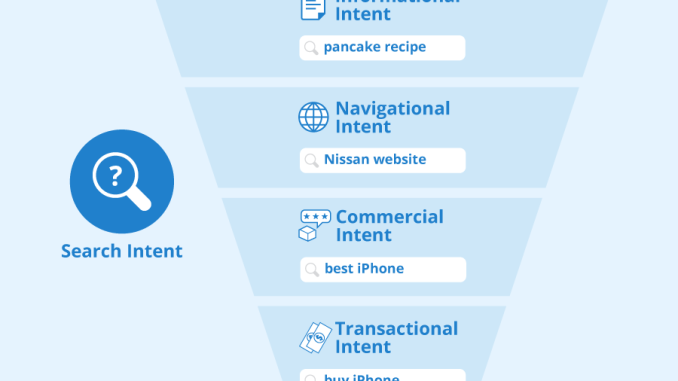
Search engine optimization (SEO) is constantly evolving, and staying ahead of the curve is essential for any tech business looking to increase their online visibility. One advanced SEO strategy that is becoming increasingly important is leveraging user intent.
Understanding User Intent
User intent refers to the reason behind a user’s search query. By understanding what users are looking for when they type a specific keyword or phrase into a search engine, businesses can create content that better meets their needs.
There are four main types of user intent:
Informational intent: Users are looking for information about a specific topic.
Navigational intent: Users are looking for a specific website or page.
Transactional intent: Users are looking to make a purchase or complete a specific action.
Commercial investigation intent: Users are researching products or services before making a purchase decision.
Aligning Content with User Intent
Once you understand the intent behind a user’s search query, you can align your content to better meet their needs. This not only improves the user experience but also increases the likelihood of your content ranking higher in search engine results pages (SERPs).
For informational intent queries, create in-depth, well-researched content that provides valuable information to users. Use relevant keywords and include multimedia elements such as images and videos to enhance the user experience.
For navigational intent queries, make sure your website is well-optimized for search engines. Use clear navigation menus, optimize your site structure, and ensure that your most important pages are easily accessible.
For transactional intent queries, focus on creating conversion-focused content. Include calls-to-action, product descriptions, and customer reviews to encourage users to take action.
For commercial investigation intent queries, create comparison guides, product reviews, and buying guides to help users make informed decisions. Highlight the benefits of your products or services and address any potential objections users may have.
Using Long-Tail Keywords
Long-tail keywords are more specific, less competitive keywords that often reflect user intent. By targeting long-tail keywords in your content, you can attract highly targeted traffic and improve your chances of ranking for relevant search queries.
For example, instead of targeting a broad keyword like “smartphones,” you could target a long-tail keyword like “best budget smartphones for gaming.” This keyword is more specific and reflects the user’s intent, making it easier to create content that meets their needs.
Optimizing for Voice Search
Voice search is becoming increasingly popular, and optimizing your content for voice search can help you better align with user intent. Voice search queries are typically longer and more conversational, so targeting long-tail keywords and using natural language in your content can help you rank for voice search queries.
Additionally, creating FAQ pages, optimizing for local search, and using structured data markup can also help improve your chances of ranking in voice search results.
Monitoring and Analyzing User Behavior
Finally, monitoring and analyzing user behavior on your website can help you better understand user intent and tailor your SEO strategy accordingly. Use tools like Google Analytics to track user engagement, bounce rates, and conversion rates to identify areas for improvement.
By leveraging user intent in your SEO strategy, you can create content that better meets the needs of your target audience, improve your search engine rankings, and ultimately drive more traffic and leads to your tech business.
Are you ready to take your SEO strategy to the next level? Contact us today to learn more about how we can help you leverage user intent for advanced SEO strategies.